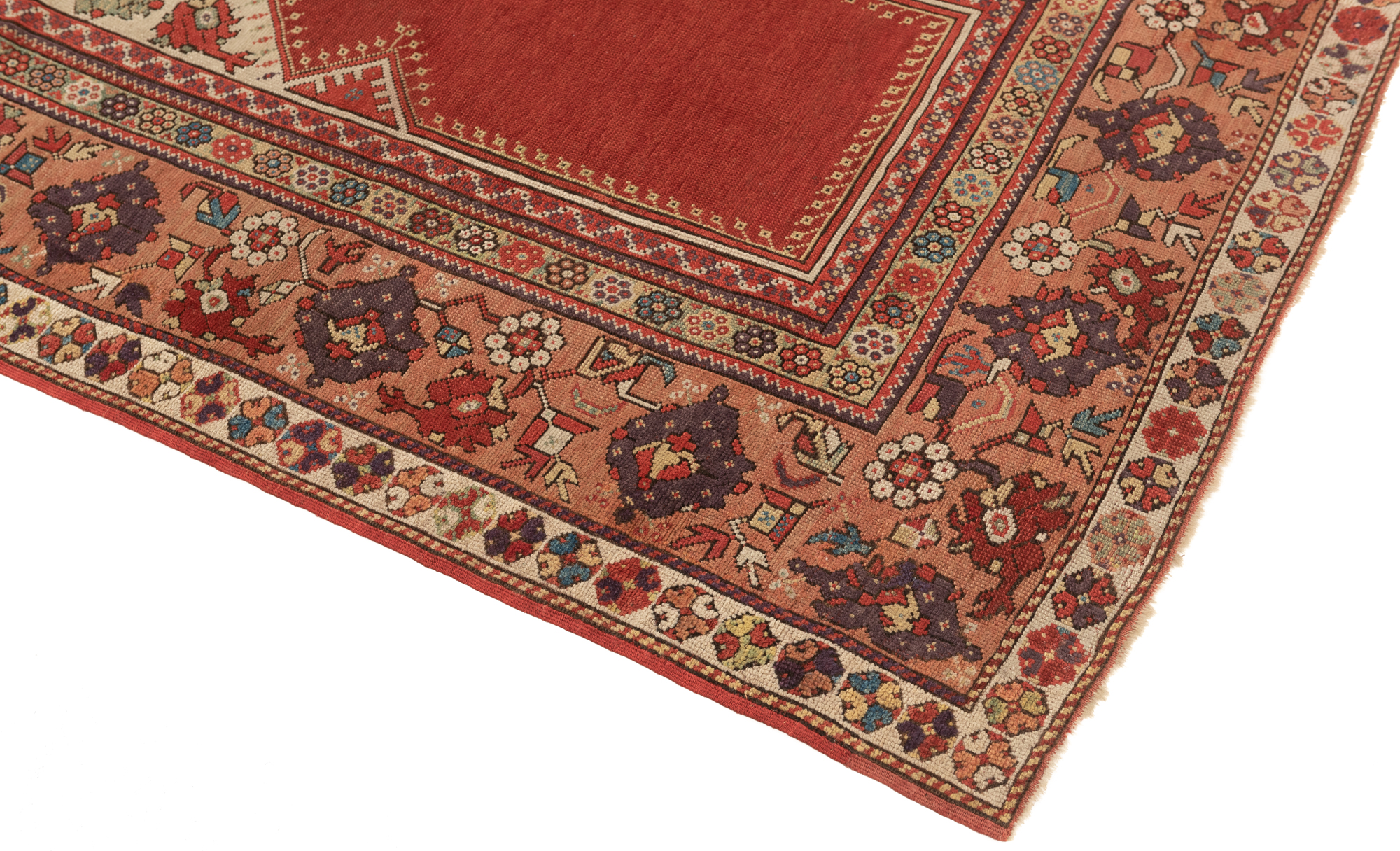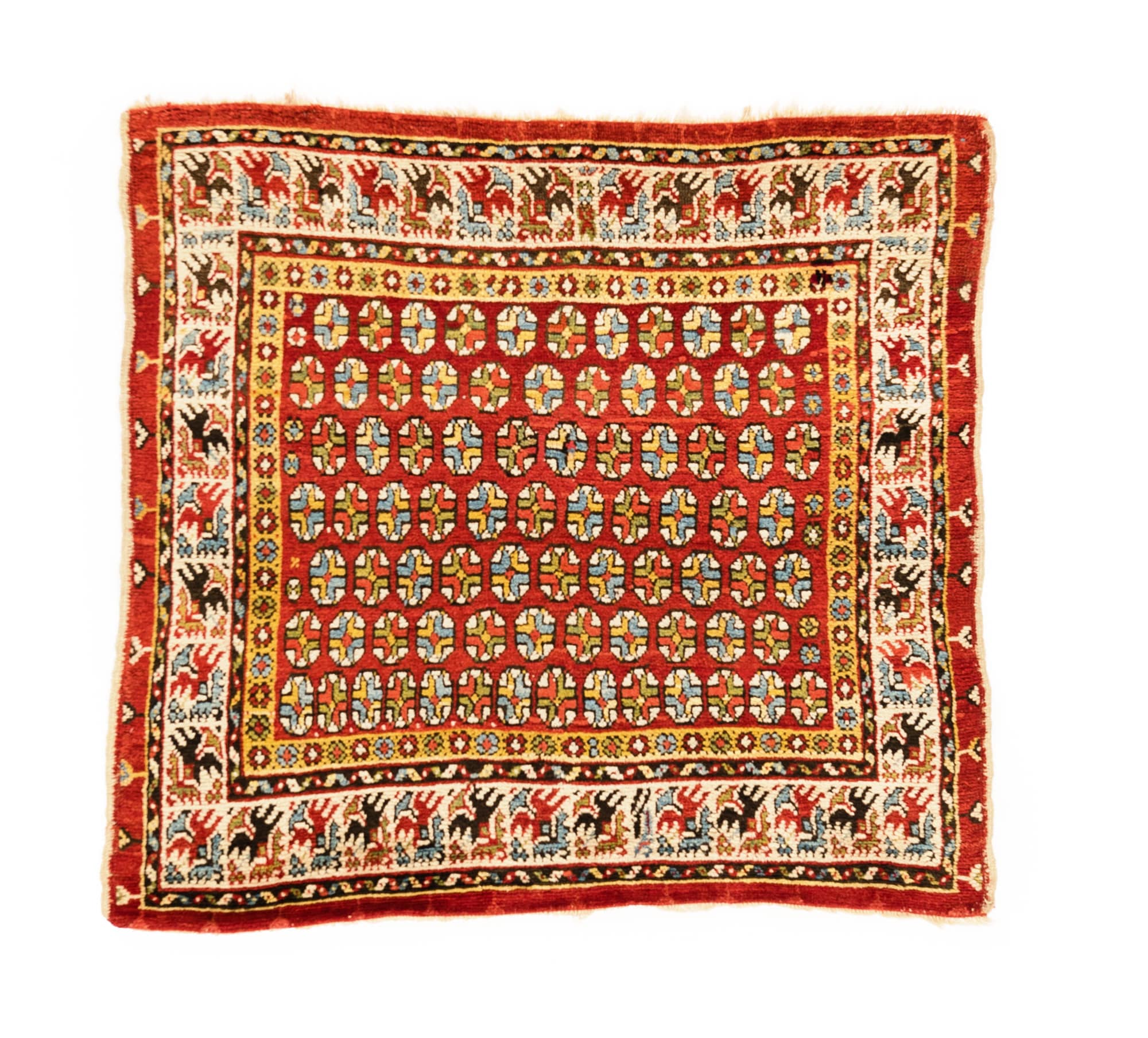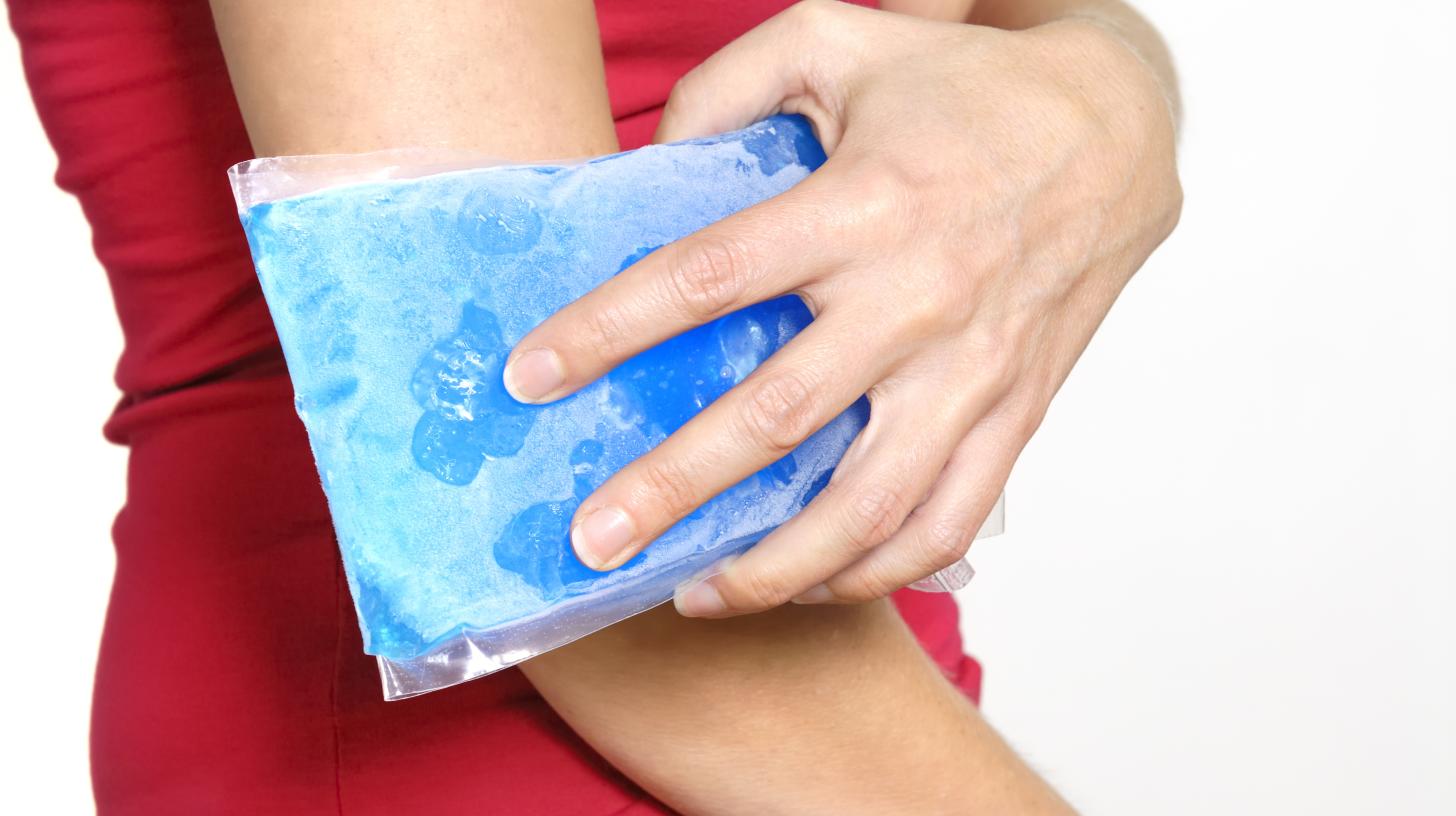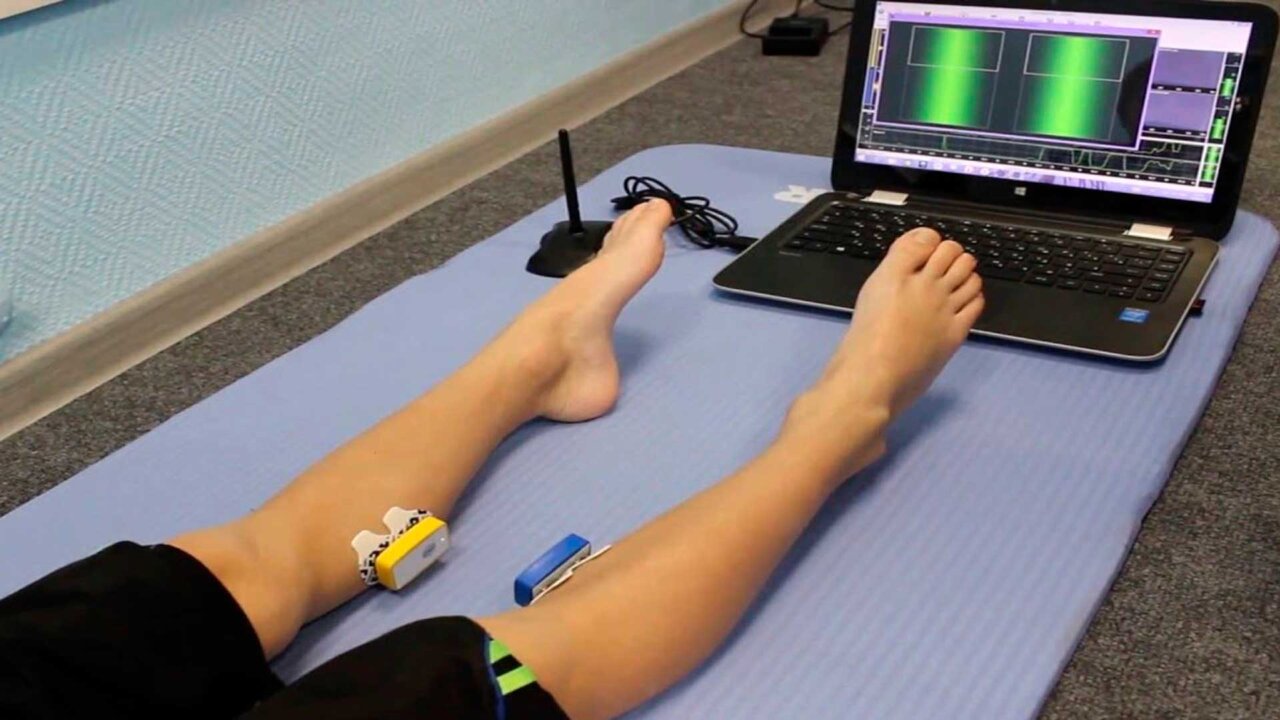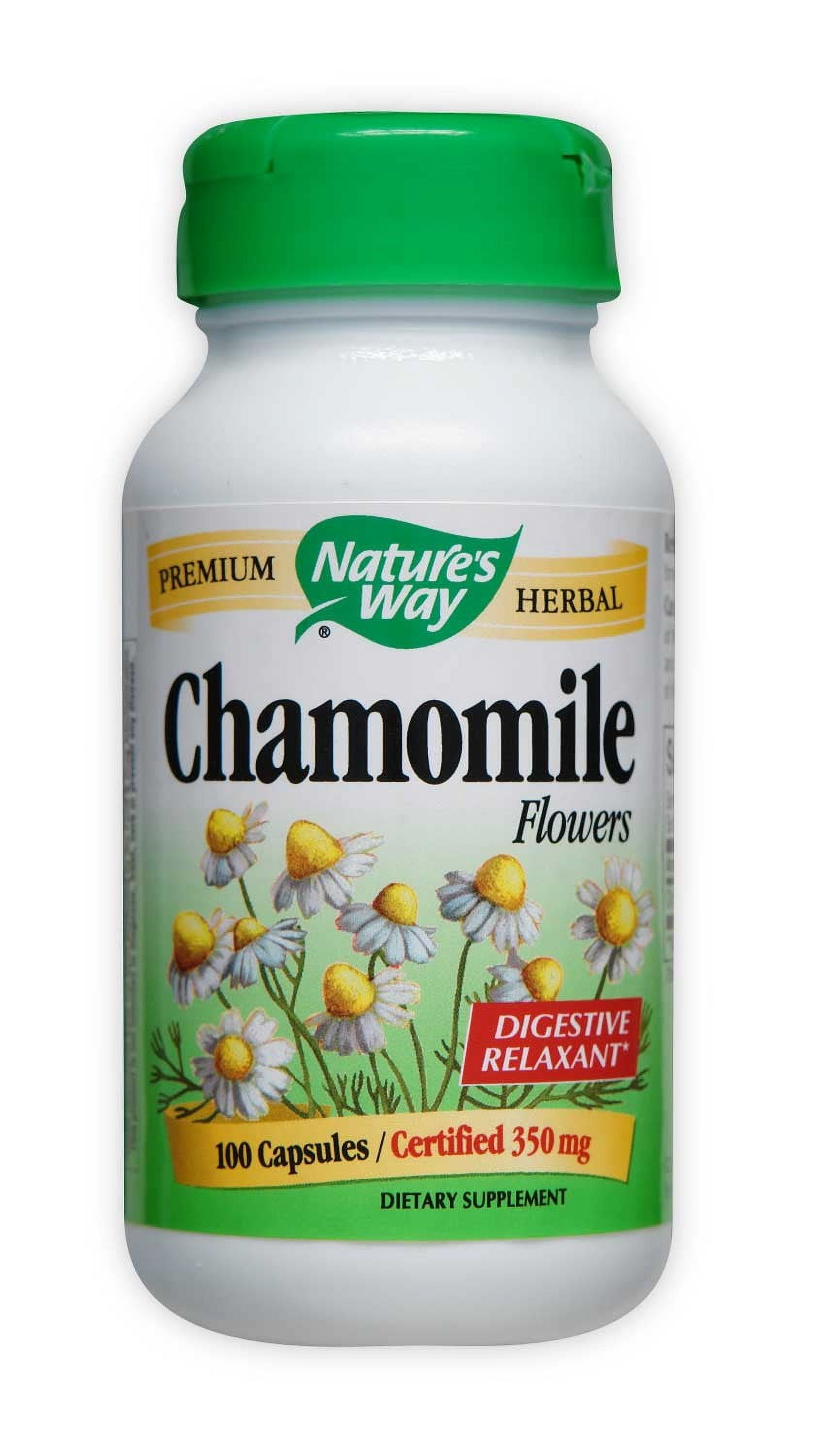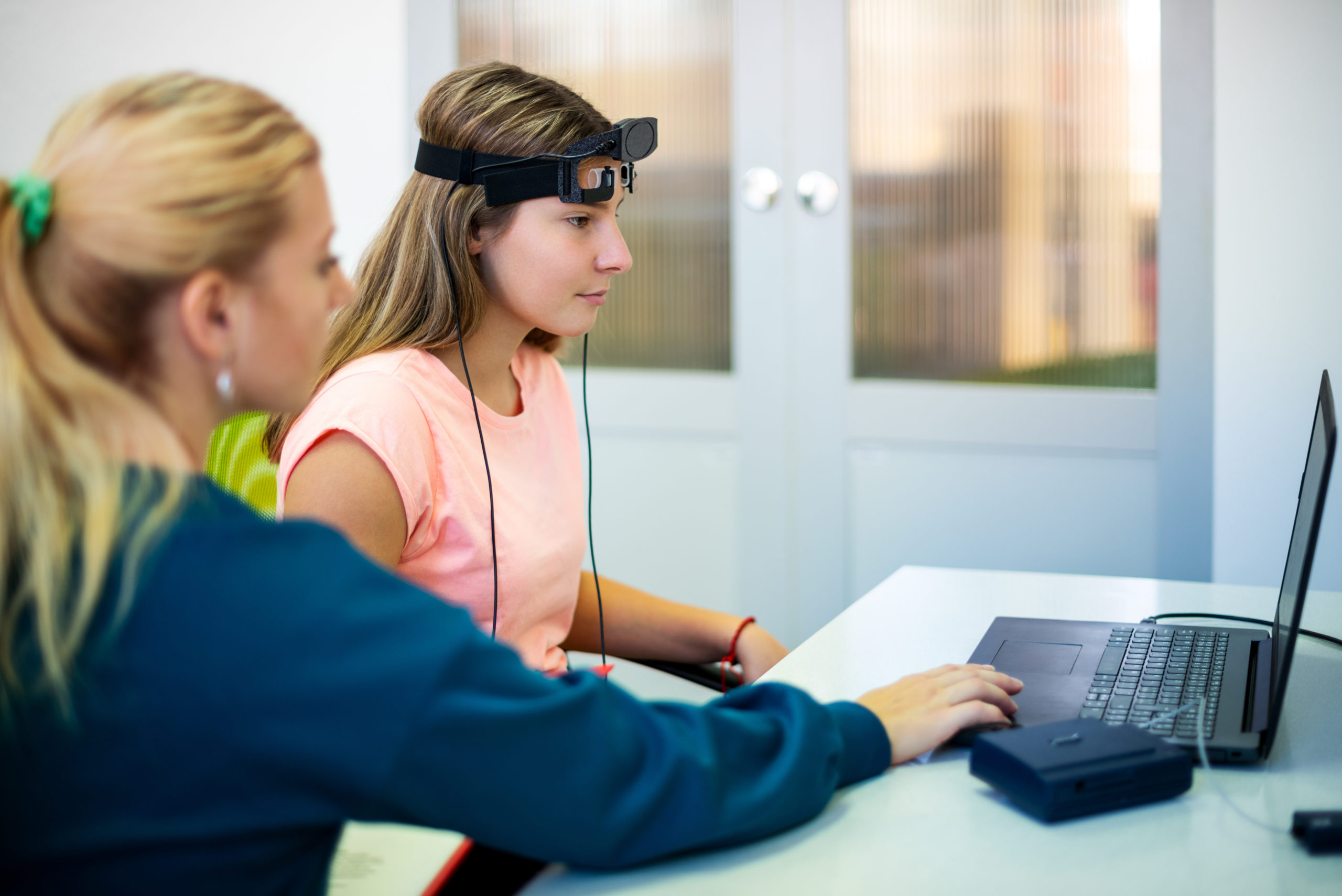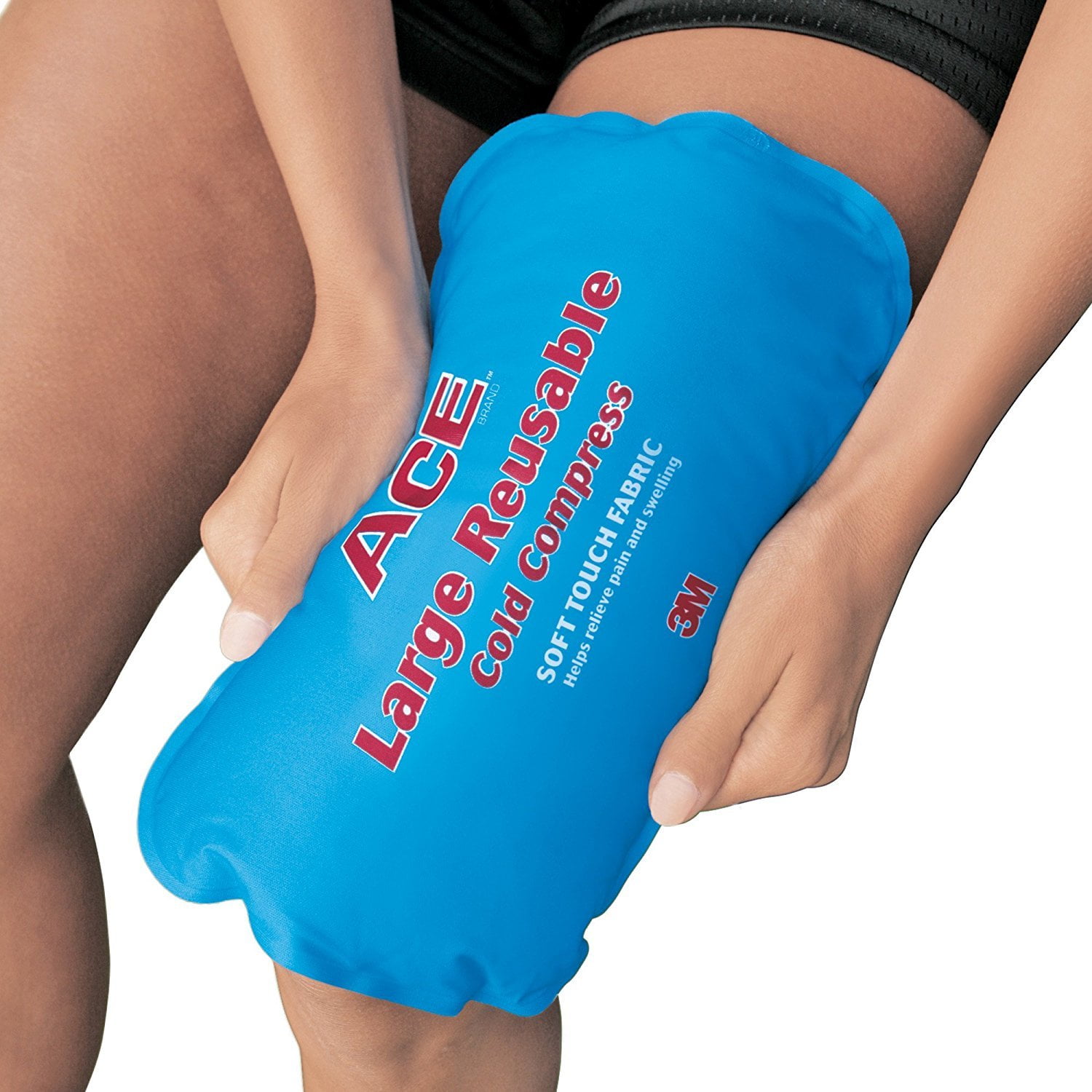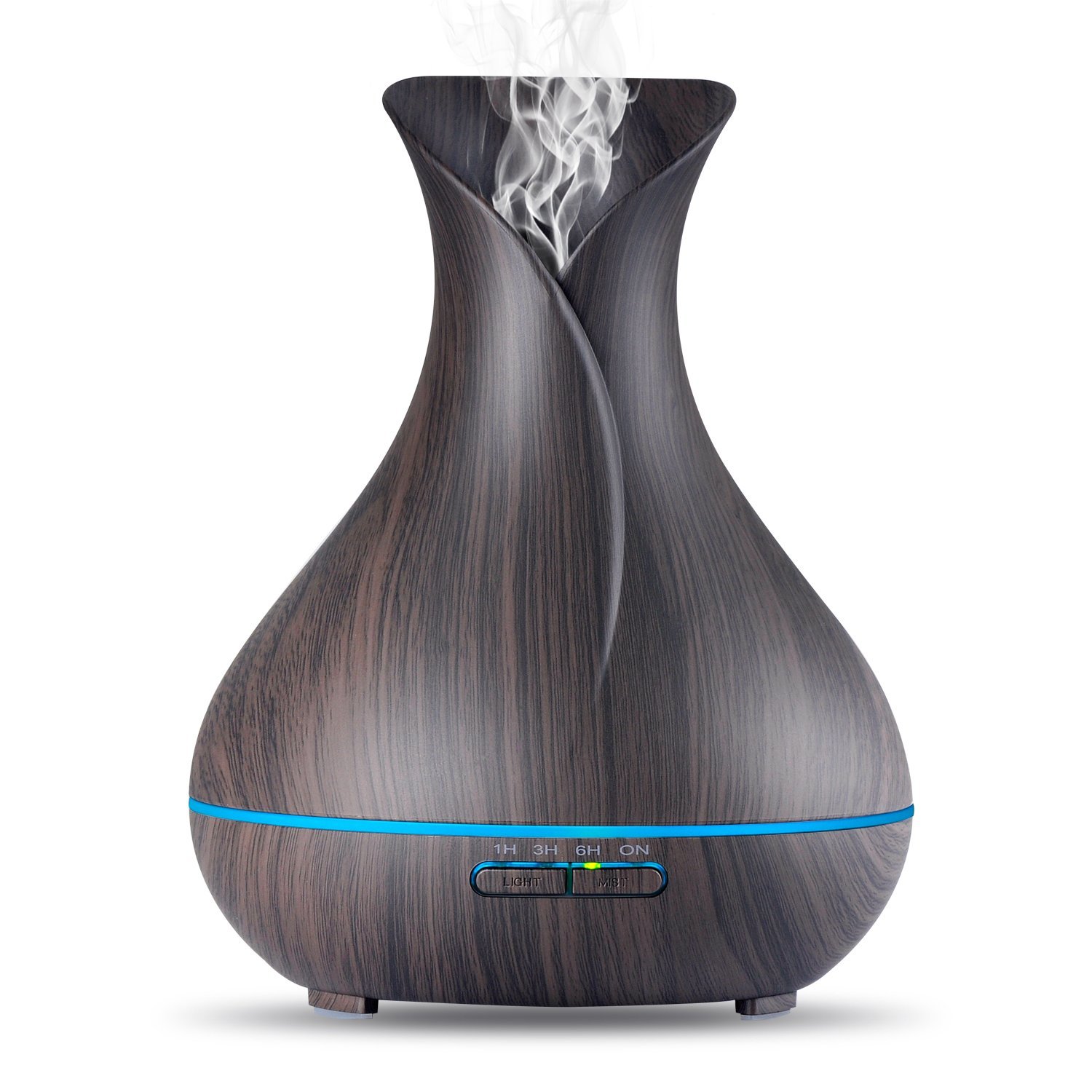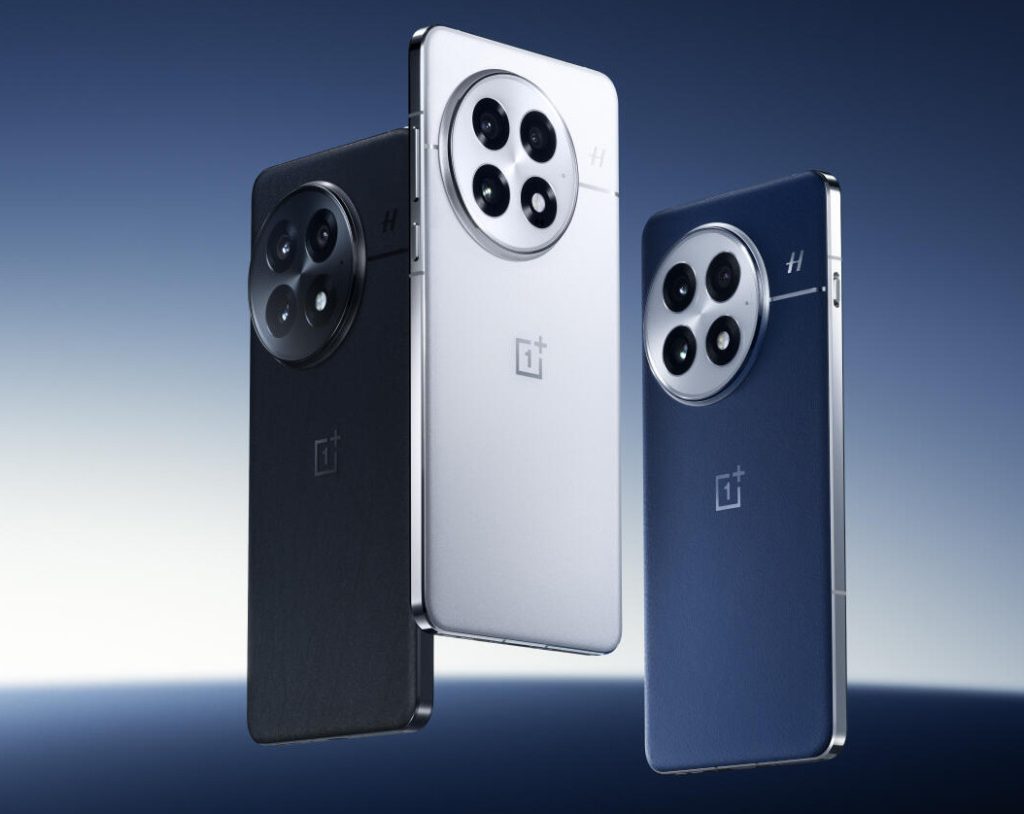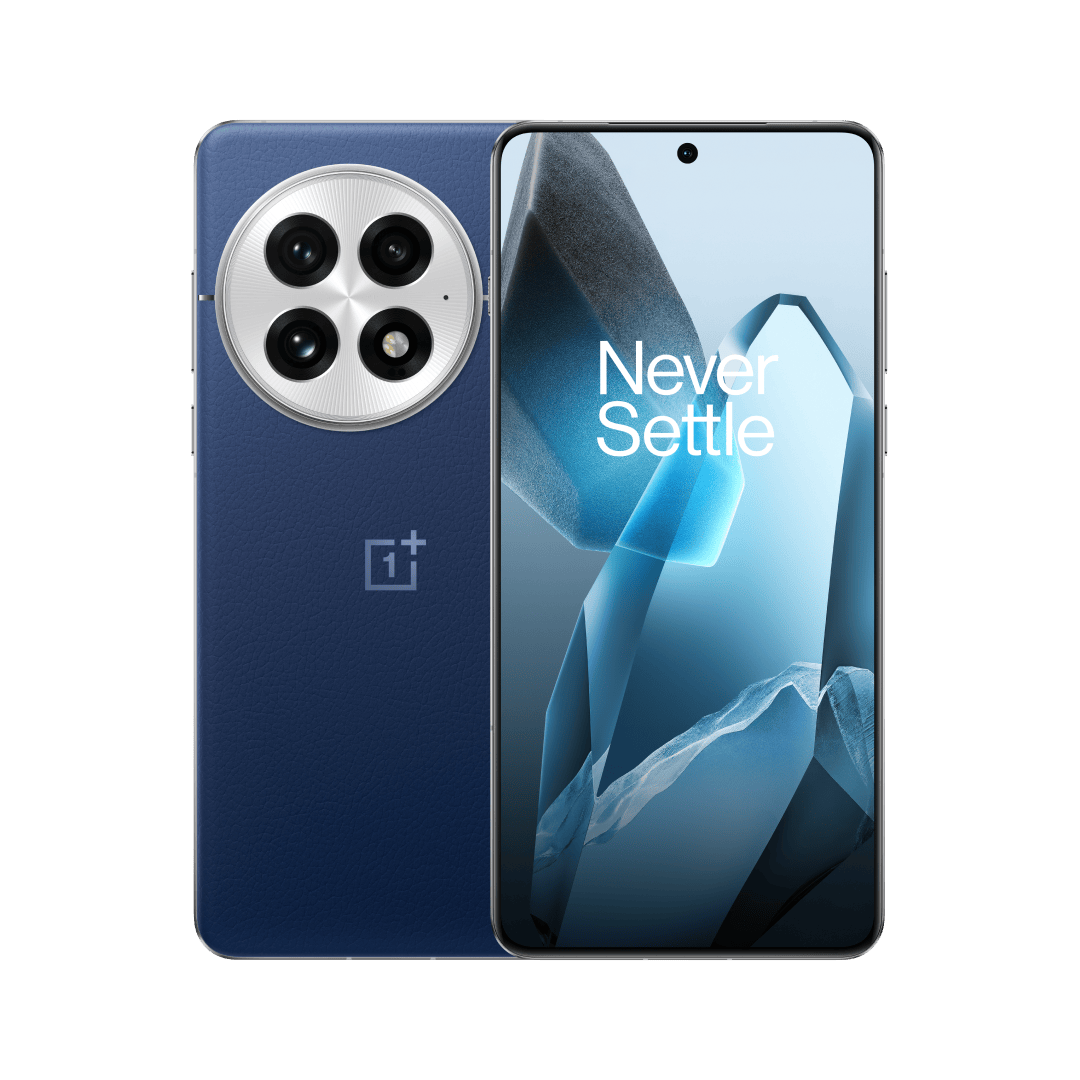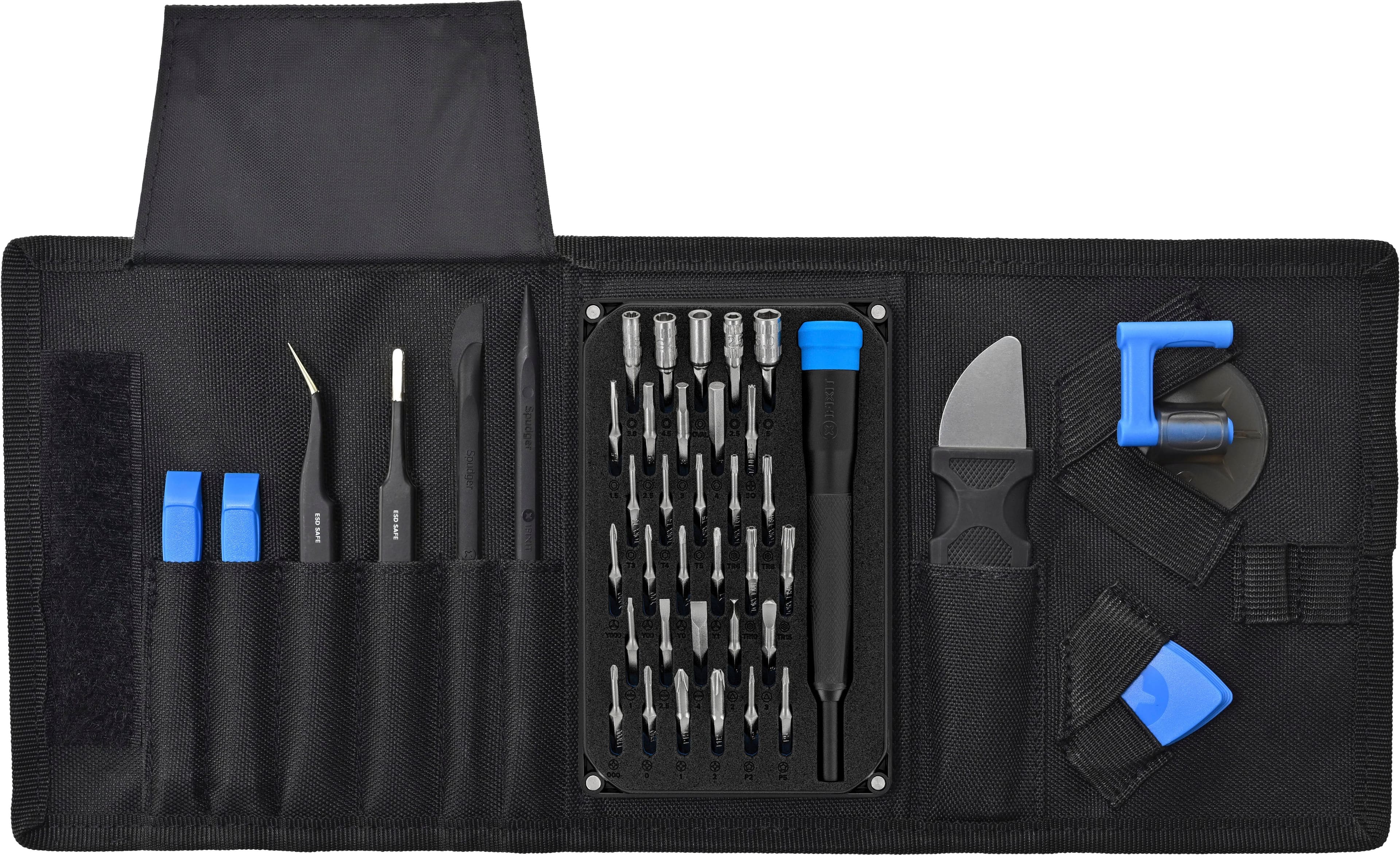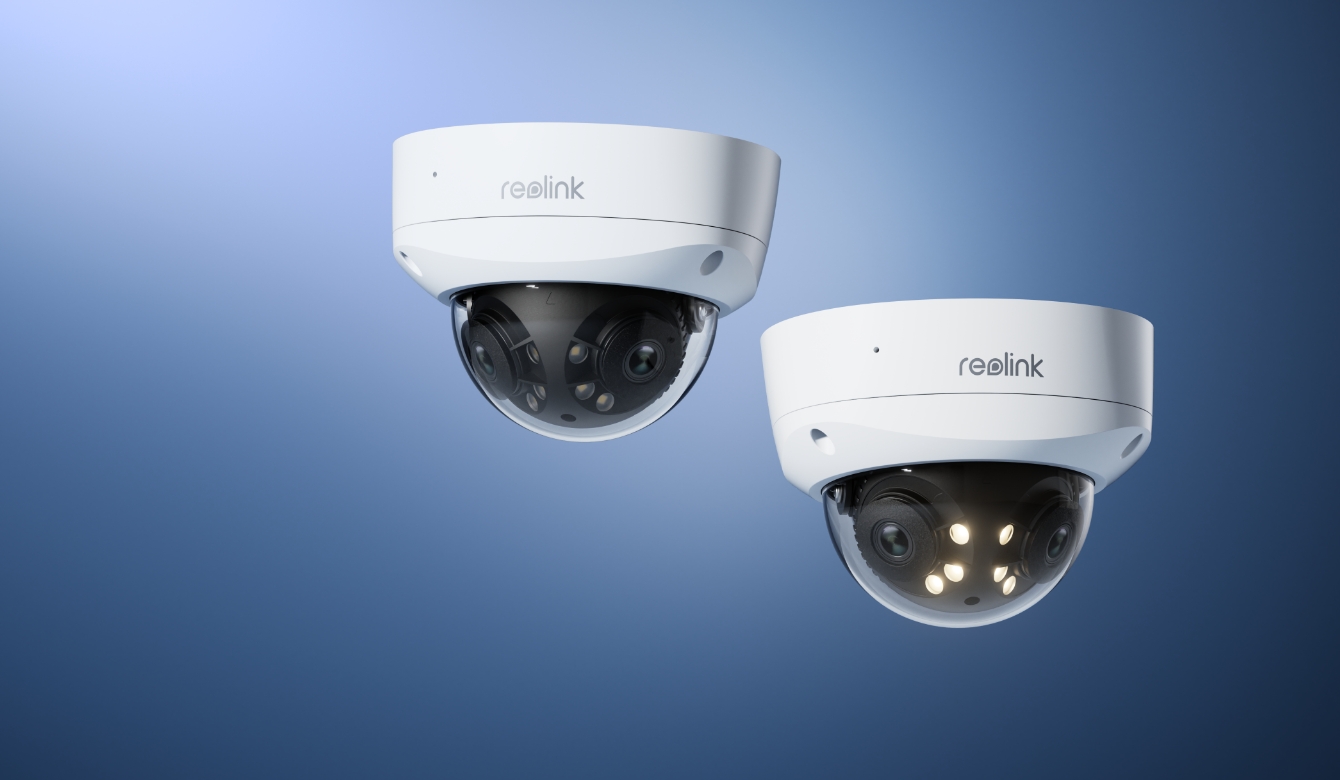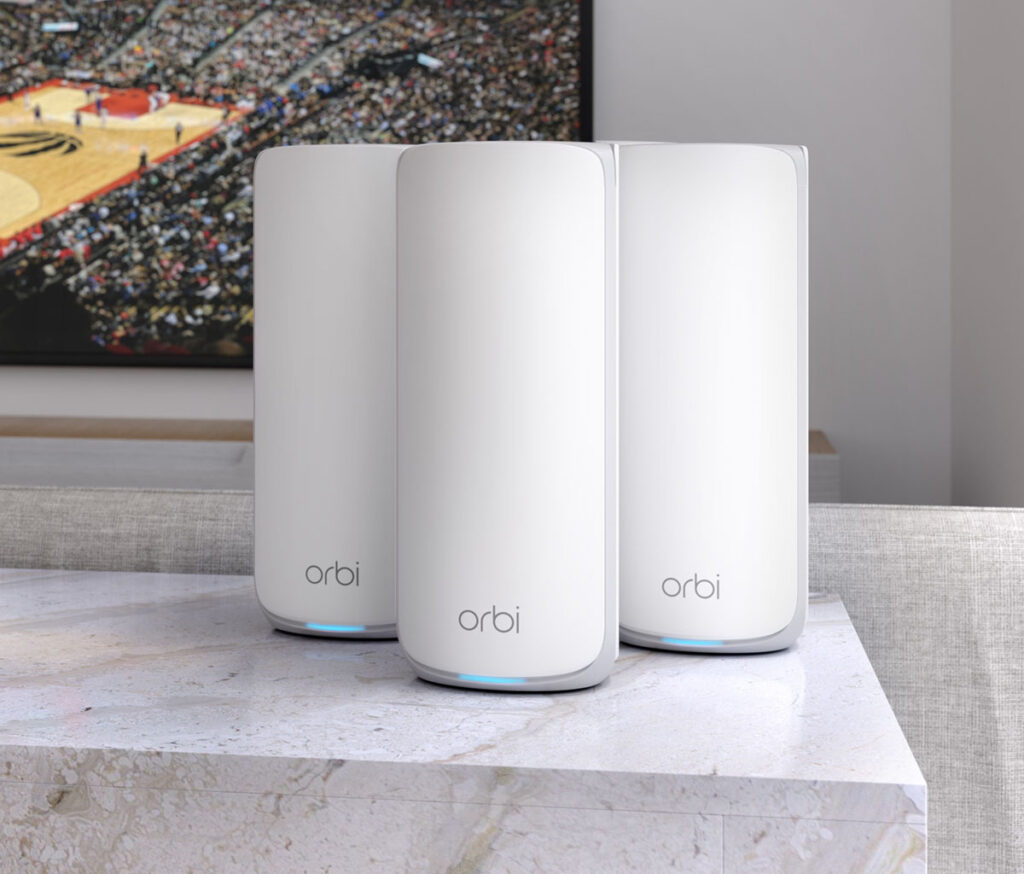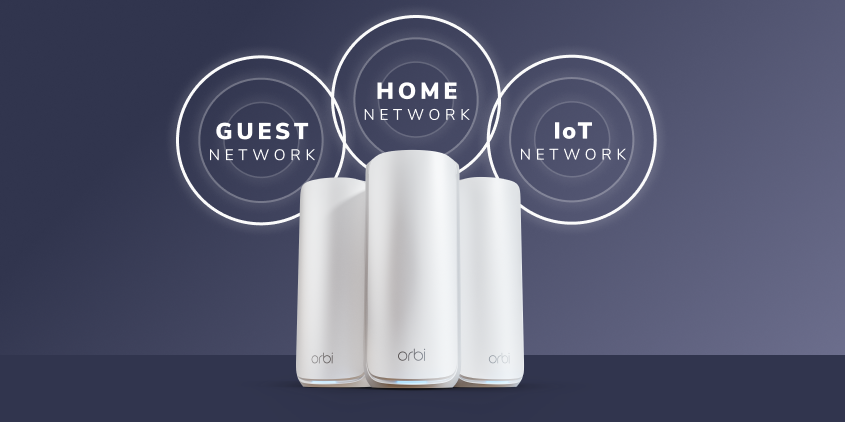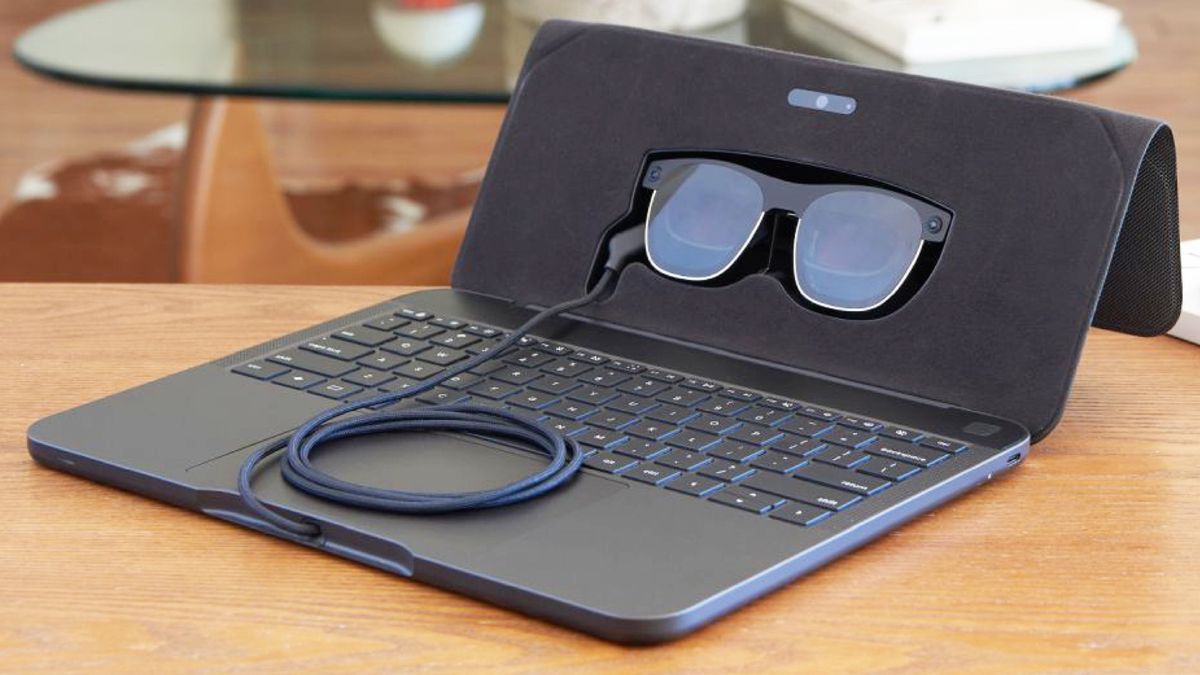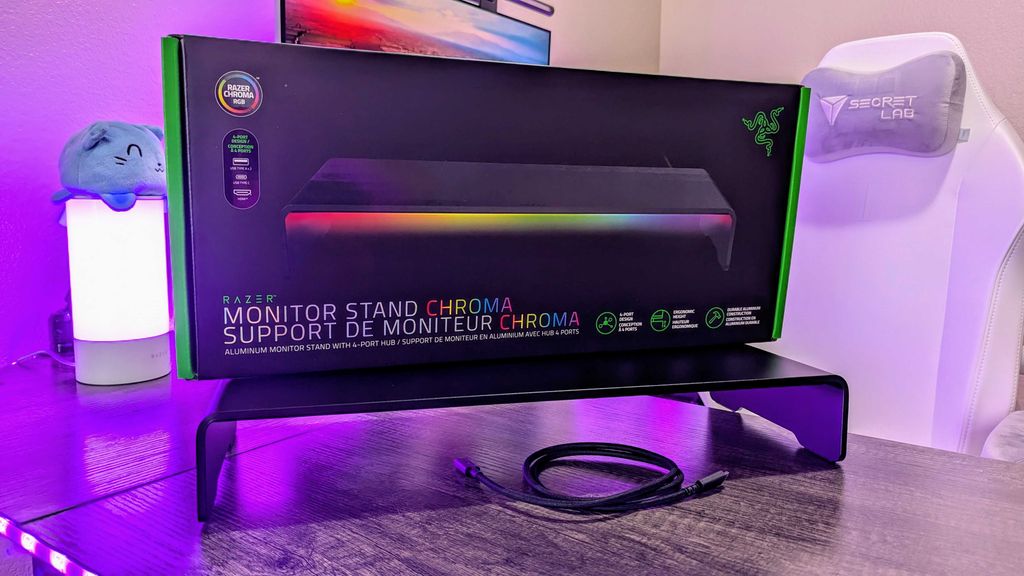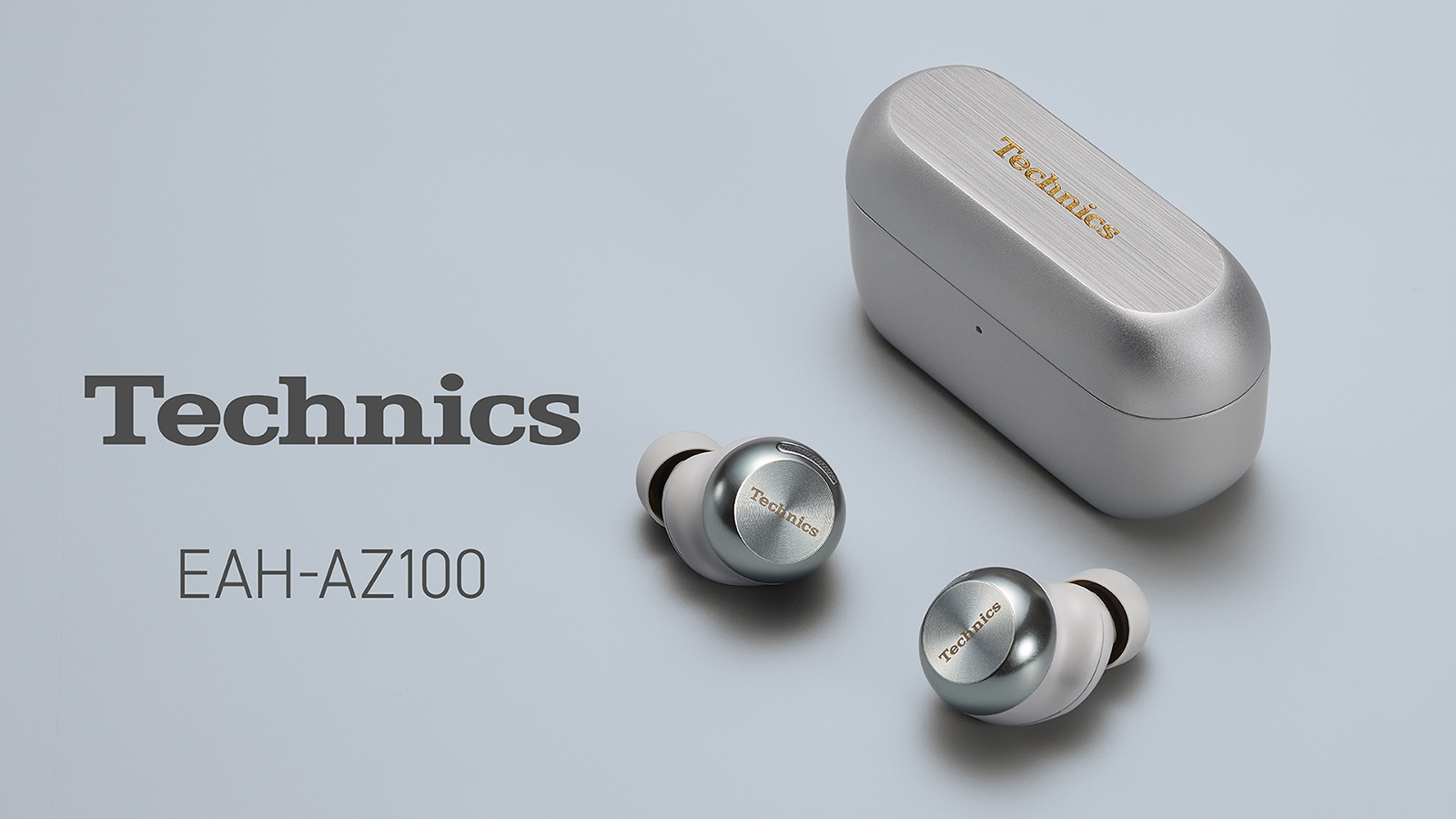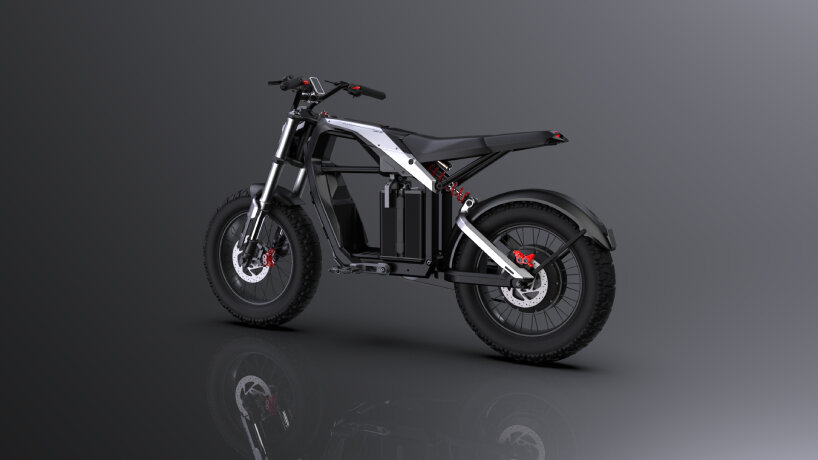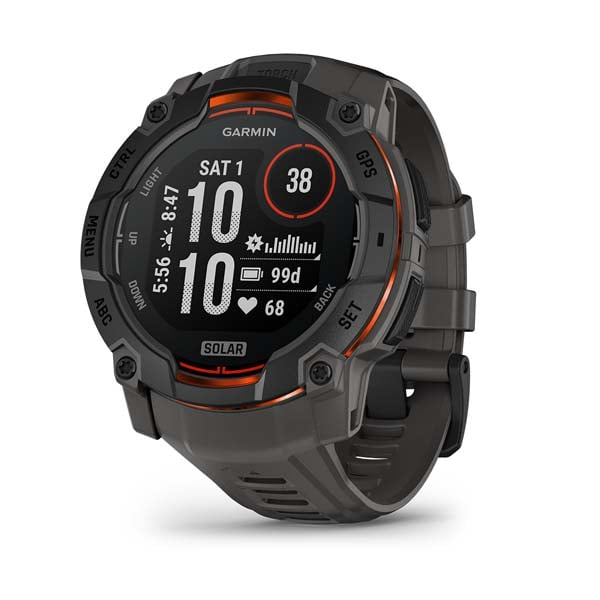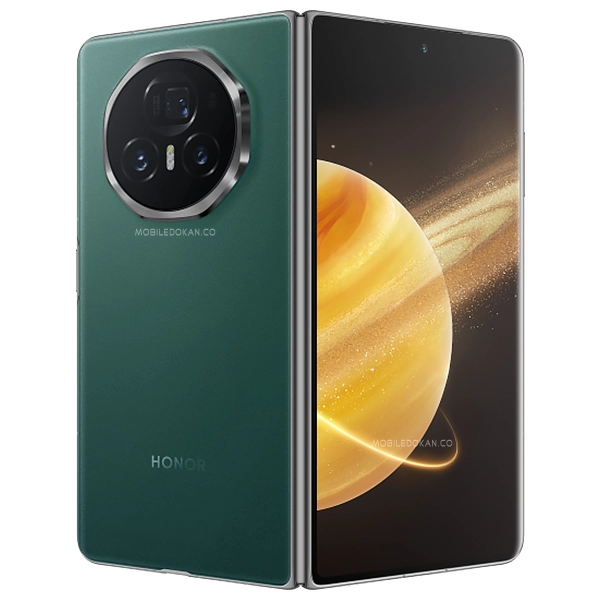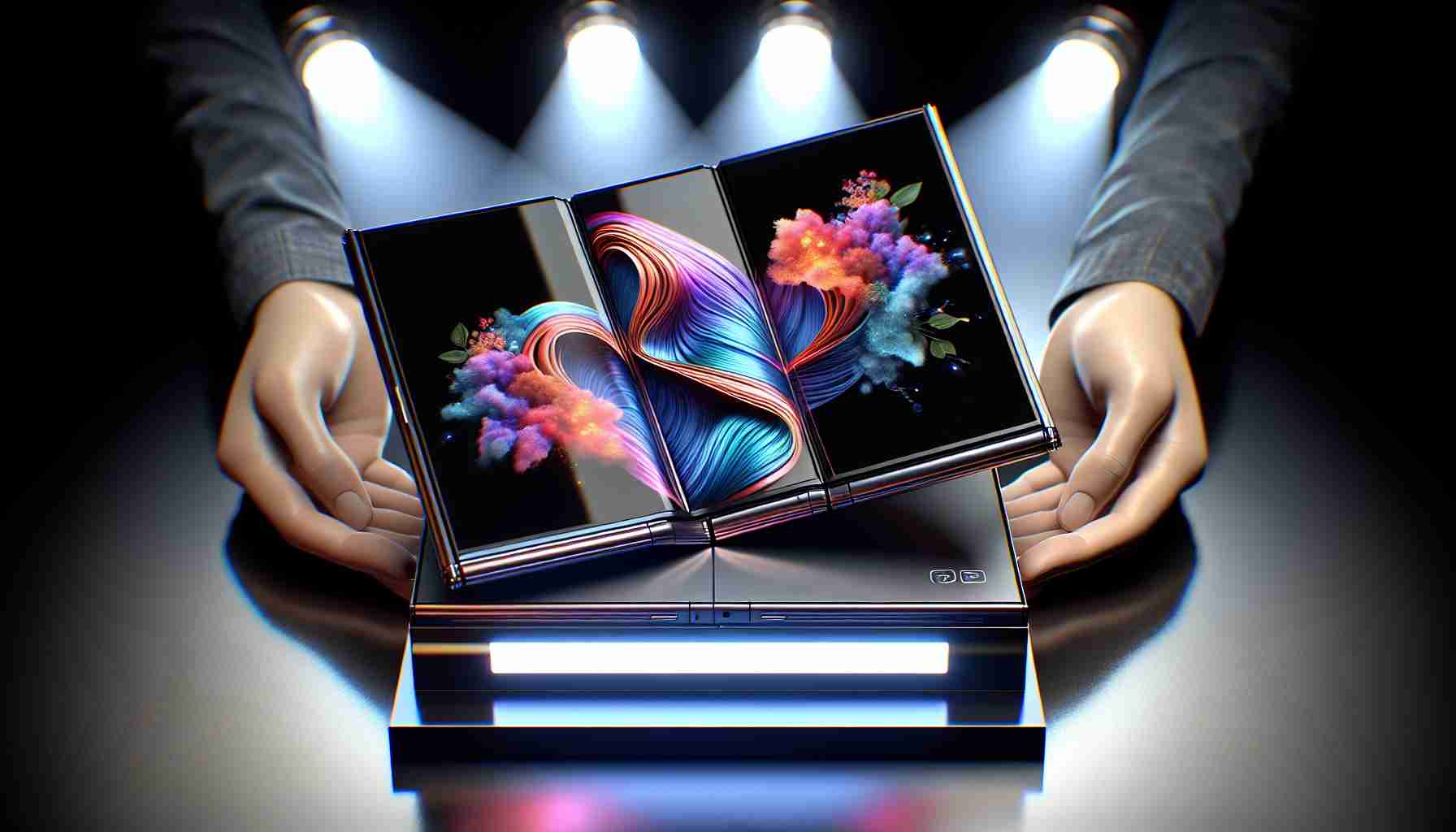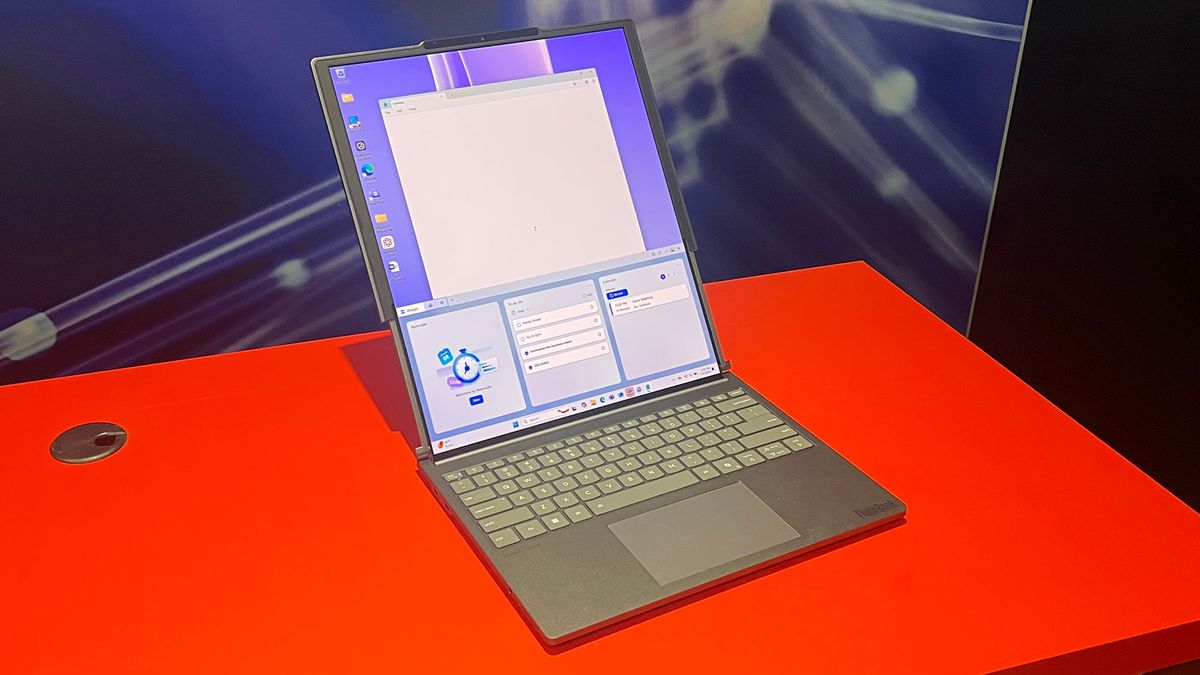Discover Pandipedia
Pandipedia is the world's first encyclopaedia of machine generated content approved by humans. You can contribute by simply searching and clicking/tapping on "Add To Pandipedia" in the answer you like. Learn More
Expand the world's knowledge as you search and help others. Go you!
Limited Edition Archival Pigment Print of ’Feet Beneath the Table’
A fine reproduction print created in collaboration with the artist Charles Blackman, ensuring high production value and quality that collectors find appealing[1].
Brett Whiteley’s Limited Edition Offset Lithographic Print ’The Arrival’
Celebrated for its historical significance and remarkable auction prices, reaching peaks of over $27,000 between 2005 and 2006[1].
Norman Lindsay Facsimile Prints
High-quality reproduction prints published by Lin Bloomfield, featuring meticulous craftsmanship and a limited edition of 550, ensuring collectible value[1].
Antique Turkish Rugs
Noted for their intricate designs and craftsmanship, these rugs have seen a resurgence in popularity and are recognized for their potential to retain or increase in value over time[2].

Venetian Glass
This antique glassware is known for its exquisite craftsmanship and adds elegance to home decor, maintaining its allure in both traditional and contemporary settings[3].

Biedermeier Barrel Chairs
Classic furniture pieces from the 1800s that are currently under-valued, ideal for restoration and featuring a timeless design appealing to modern aesthetics[2].

Louis XVI Desk
A Neoclassical piece admired for its elegant lines and classic appeal, recommended for its ability to fit seamlessly into diverse collections[2].

Empire Chest of Drawers
Early 19th-century furniture that exemplifies clean lines and Neoclassical themes, making it a statement piece in contemporary or traditional homes[2].

Mid-Century Italian Furniture
Designs from the 1970s, particularly pieces from Stilwood, are highly coveted for their sleek aesthetics and enduring popularity among collectors[2].

Tiled Coffee Tables
Vintage tables featuring artistic designs are praised for rarity and potential value increase, particularly those from notable makers like Roger Capron[2].

Detailed Chandeliers
Antique lighting fixtures from the early 1900s offer unique visual appeal and investment potential in today's market[2].
Works by Wilhelm Kåge
Vintage glazed ceramics by this trending artist are expected to grow in popularity, representing a compelling investment among collectors[2].
Craft Furniture from the Arts and Crafts Movement
Highly valued for their handmade quality and sustainability, reflecting a shift toward more unique and crafted items in home decor[6].
Antique Heirloom Seeds
Passed down through generations, these seeds are appreciated for their heritage and potential to enhance gardens, merging agriculture with aesthetics[3].
Surrealist Antiques
Unique collectibles that offer whimsical and conversation-starting additions to modern interiors, reflecting current trends in artistic expression[3].
Functional Antiques
Items like armoires and sideboards that blend practicality with charm, enhancing the aesthetic of contemporary kitchens and living spaces[6].
Faux Bois Decor
Furniture with a wood-like texture that is gaining traction for its modern applications while retaining antique charm[3].
Art Tapestries
Contemporary takes on tapestries, including handmade quilts and weavings, adding texture and historical references to interiors[3].

Mushroom and Botanical Accessories
Antiques inspired by nature, including ceramic and stone pieces, appealing to those who appreciate earthy aesthetics[3].
Quiet Luxury Items
Antiques that reflect understated elegance, focusing on refined craftsmanship and simple sophistication in home decor[8].
One of a Kind Treasures
Unique vintage finds that bring individuality and character to spaces, increasingly sought after as decor becomes more personalized[8].
Silver Accents
Vintage silverware and decor items that provide a luxurious touch to modern interiors, maintaining their appeal in stylish settings[8].
Let's look at alternatives:
- Modify the query.
- Start a new thread.
- Remove sources (if manually added).
- Request a manual search from our human research team.

The Humanity’s Last Exam benchmark is a challenging set of questions written by domain experts in a wide range of disciplines[1]. These disciplines include mathematics, physics, chemistry, biology, and computer science[1].
Experts were paid up to $5000 for each question that was accepted to the benchmark[1]. While the benchmark still has significant headroom, performance on it has improved significantly over a few months, starting in early 2025[1].
Let's look at alternatives:
- Modify the query.
- Start a new thread.
- Remove sources (if manually added).
- Request a manual search from our human research team.
Get more accurate answers with Super Search, upload files, personalised discovery feed, save searches and contribute to the PandiPedia.
Let's look at alternatives:
- Modify the query.
- Start a new thread.
- Remove sources (if manually added).
- Request a manual search from our human research team.
Let's look at alternatives:
- Modify the query.
- Start a new thread.
- Remove sources (if manually added).
- Request a manual search from our human research team.

Token limits significantly influence reasoning traces in Large Reasoning Models (LRMs). As problem complexity increases, there is an observable pattern where LRMs initially use more tokens for reasoning but then exhibit a counterintuitive reduction in reasoning effort despite remaining below their generation limits. This trend indicates a fundamental scaling limitation in their reasoning capabilities relative to problem complexity, leading to performance collapse at higher complexities[1].
Moreover, the inefficiencies in reasoning processes become evident as models often explore incorrect solutions, wasting token budgets, and their ability to self-correct diminishes[1]. Ultimately, these token dynamics affect the overall effectiveness of reasoning in these models.
Let's look at alternatives:
- Modify the query.
- Start a new thread.
- Remove sources (if manually added).
- Request a manual search from our human research team.
In the realm of artificial intelligence, particularly in computer vision, segmentation tasks are crucial for a better understanding of images. Meta AI Research introduced an innovative model, the Segment Anything Model (SAM), aimed at transforming image segmentation. This blog post breaks down SAM's functionality, its deployment, and its remarkable capabilities.
Overview of Segment Anything

The SAM project revolves around creating a foundation model specifically designed for segmentation tasks in images. SAM distinguishes itself by being able to interact with various inputs to output segmentation masks in real-time, dealing with ambiguity effectively. The core concept is to empower users with a promptable segmentation task, allowing the model to generate relevant segmentation masks based on either specified prompts or automated methods.
The team at Meta initiated this extensive project due to limitations seen in large-scale segmentation, especially concerning the need for vast annotated datasets. SAM utilizes a massive dataset dubbed SA-1B, which contains over 1 billion masks generated from 1 million images. This dataset includes high-resolution, licensed images that consider privacy concerns, ensuring ethical practices in data usage.
Architecture and Functionality
SAM is powered by a heavy-weight image encoder that enhances segmentation capabilities. It operates through three primary components: an image encoder, a prompt encoder, and a mask decoder. The image encoder processes the input image, while the prompt encoder assists the model in responding to various prompts, leading to the generation of high-quality masks. These masks allow for precise object identification and separation in images, making it invaluable for myriad applications ranging from autonomous vehicles to professional photo editing.
One of the standout features is SAM's versatility in adapting to various segmentation tasks without the need for fine-tuning. This zero-shot learning ability allows SAM to generate segmentation masks for new and unseen tasks effectively. By prompting SAM with different types of input, users can retrieve accurate segmentation masks that identify foreground objects regardless of the complexity of the image.
Training and Innovation
The training process for SAM involved unique methodologies that deviate from traditional methods. Instead of having a rigid training protocol, SAM was trained using multiple data collection methods to ensure a robust and diverse training set. These methods include assisted manual annotations, semi-automatic annotations, and fully automatic mask generation. This multifaceted approach ensures the model is exposed to a variety of tasks and real-world data.
Moreover, the team conducted extensive experiments to evaluate SAM's performance across different datasets and prompts. They compared SAM against existing state-of-the-art models in segmentation and consistently found that it significantly outperformed them. This is confirmed through empirical analysis, where SAM demonstrated superior performance in generating high-quality masks across various scenarios, proving its reliability and efficiency in different applications.
Addressing Challenges in Segmentation
Despite its capabilities, SAM acknowledges certain challenges present in the field of image segmentation. The model is built to recognize potential biases that arise during the segmentation process, particularly when handling ambiguous prompts. To address this, SAM can refine its outputs through a mechanism that focuses on additional relevant input points to enhance model accuracy.
Furthermore, SAM's design accommodates different user requirements, ensuring flexibility in various applications. It can be integrated into systems that require real-time image segmentation, proving invaluable for fields such as robotics, autonomous driving, and medical imaging.
Real-World Applications and Future Prospects
The implications of SAM extend far beyond academic research. It has significant potential in commercial applications, including e-commerce, automated inspection, and personalized content generation. As organizations increasingly depend on advanced machine learning models for image recognition and processing, SAM stands out for its practical efficiency and reliability.
Meta intends to continue improving SAM with further research, aiming to enhance its capabilities and broaden its applicability. Future iterations may include more sophisticated ways to generate segmentation masks, catering to complex use cases that demand even higher accuracy.
In conclusion, the Segment Anything model is a pioneering approach to image segmentation that has the potential to redefine how machines interpret visual data. With its groundbreaking methods, SAM not only enhances accuracy but also addresses many of the challenges in current segmentation technologies, establishing a solid foundation for future innovations in computer vision.

Let's look at alternatives:
- Modify the query.
- Start a new thread.
- Remove sources (if manually added).
- Request a manual search from our human research team.
Get more accurate answers with Super Search, upload files, personalised discovery feed, save searches and contribute to the PandiPedia.
Drink water
Staying hydrated may help reduce the occurrence and severity of headaches, especially those related to dehydration[1][2][4].
Take magnesium
Supplementing with magnesium may help decrease the frequency and severity of migraines[1][2][3].
Get adequate sleep
Maintaining a regular sleep schedule and ensuring sufficient sleep can help prevent headaches[1][2][3].
Use cold compress
Applying a cold compress to the forehead or neck can provide relief from headaches[2][4][6].
Try ginger
Ginger supplements or tea may help alleviate headache pain and associated nausea[3][4][5].
Limit alcohol
Reducing alcohol consumption can help prevent headaches, particularly migraines[1][2][3].
Use essential oils
Scents like peppermint and lavender can be effective in relieving headache symptoms[1][2].
Try acupuncture
This traditional practice may help reduce the frequency of migraines and tension-type headaches[2][3].
Avoid trigger foods
Keeping a food journal to identify and avoid headache-triggering foods, such as aged cheeses and chocolate, may be beneficial[5][6].
Try B-complex vitamins
Specific B vitamins, particularly riboflavin (B2), have been shown to help decrease migraines[1][2].
Practice biofeedback
This relaxation technique may help manage stress, which can trigger headaches[5].
Maintain regular meal times
Eating regularly can prevent drops in blood sugar that lead to headaches[2][3].
Limit screen time
Taking frequent breaks from screens can reduce eyestrain and the likelihood of headaches[3][4].
Use herbal remedies
Some herbs, like feverfew and chamomile, may help mitigate headache symptoms[5][6].
Apply warm compress
Using a warm compress can help relax muscles and relieve tension headaches[2][3].
Pure Encapsulations Magnesium Citrate
A high-quality magnesium supplement to help reduce headache frequency.
Biofeedback Therapy Devices
Tools to assist in practicing biofeedback for stress management and headache reduction.
Let's look at alternatives:
- Modify the query.
- Start a new thread.
- Remove sources (if manually added).
- Request a manual search from our human research team.
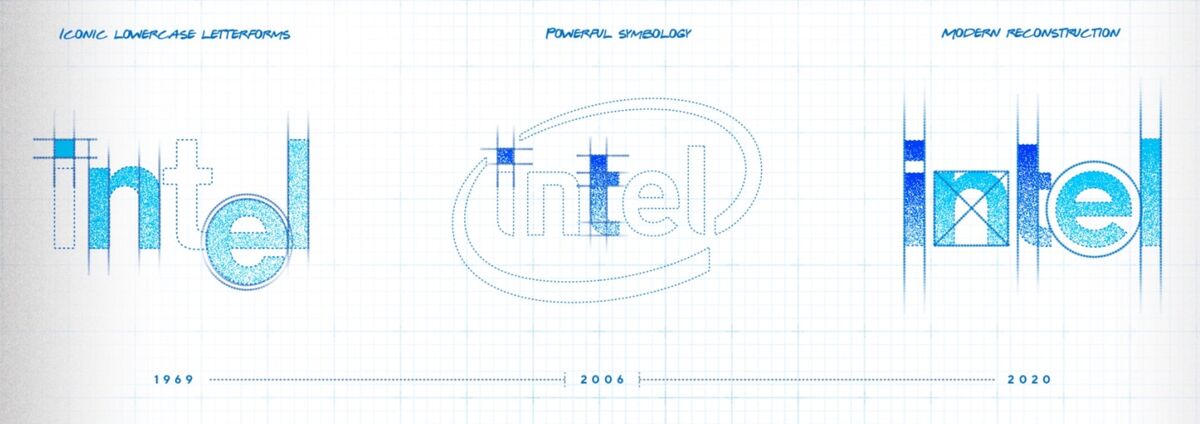
Intel is underperforming due to several key factors. The company has faced a significant decline in revenue from its traditional core segments, particularly PC and server microprocessors, with a 16% decrease in overall revenue in 2022 compared to the previous year[3]. This decline has been exacerbated by weak guidance following its earnings report, where Intel projected earnings for Q1 2024 at $0.13 per share, well below the expected $0.42 per share, and revenue between $12 billion to $13 billion, falling short of the $14 billion anticipated by Wall Street[1].
Additionally, Intel has lost market share to competitors like AMD and has also struggled to maintain its position as the primary chip supplier for Apple's MacBook lineup, contributing to a 21% drop in its stock over the last three years[1]. Moreover, ongoing chip shortages are disrupting production across various sectors, highlighting broader industry issues that further impact Intel's performance[2].
Let's look at alternatives:
- Modify the query.
- Start a new thread.
- Remove sources (if manually added).
- Request a manual search from our human research team.
OnePlus 13 Flagship Smartphone
OnePlus’ latest flagship Android phone with AI features, four OS upgrades, and six years of security updates.[1]
iFixit Pro Tech Go Toolkit
A portable repair toolkit with essential tools in a compact 32-bit driver kit design.[1]
Asus ROG Phone 9 Pro
High-performance gaming smartphone featuring 24GB RAM, 1TB storage, and an AeroActive Cooler X Pro.[1]
Otterbox Western Noir Collection Case
Equestrian-themed, stylish protective phone case available for iPhone 13 to 16.[1]
Nimble 3-in-1 Wireless Charger
Adjustable charger that supports iPhone, Apple Watch, and AirPods with Qi2 wireless standard.[1]
Soundcore AeroClip Earbuds
Lightweight open earbuds with a bowed design, compact case, and responsive touch controls.[1]
Swippit Hub
A toaster-shaped device that wirelessly charges your phone using integrated battery link cases.[1]
Reolink Duo 3 WiFi Security Camera
Dual-lens 4K camera stitching a 180° view with dual-band Wi-Fi and motion tracking.[1]
Lutron Caseta Smart Shades
Smart shades available in roller or honeycomb styles with affordable pricing and limited battery life.[1]
Elvie Rise Smart Bassinet
Connected bassinet and bouncer with phone control and baby sleep tracking features.[1]
Orbi 870 Series WiFi Mesh System
Tri-band Wi-Fi 7 mesh system covering up to 9,000 sq ft with 10-Gbps Ethernet WAN support.[1]
Sightful Spacetop AR Laptop
An AR laptop setup providing a virtual 100-inch display via customized XREAL AR glasses.[1]
Razer Stand Chroma
A monitor stand integrated with a USB hub featuring customizable Chroma RGB lighting.[1]
Dreame X50 Robot Vacuum
Robot vacuum with retractable legs, detangling duo brush, and obstacle-climbing ability.[1]
Panasonic EAH-AZ100 Headphones
Lightweight headphones with adaptive noise cancellation and Voice Focus AI for clearer calls.[1]
HP All-in-One Desktop
A versatile desktop with multiple display resolutions, built-in dual speakers, and AI features.[1]
HMD OffGrid Satellite Communicator
Compact satellite communicator offering 24/7 connectivity with a three-day battery and MIL-STD rating.[1]
Segway Xyber Electric Bike
Electric bike with up to 112-mile range, 175 Nm torque, and multiple throttle modes.[1]
Amazfit Active 2 Smartwatch
A stylish smartwatch with a round stainless steel case, AMOLED display, and advanced health tracking.[1]
Dexcom Stelo Glucose Sensor
A prescription-free continuous glucose monitor for non-insulin users with smart alerts.[1]
Solos Smart Glasses
Modular smart eyewear with integrated ChatGPT, speakers, and interchangeable frames.[1]
Garmin Instinct 3
Rugged smartwatch available in solar and standard versions with an AMOLED screen and durable bezel.[1]
Keychron Q6 HE Keyboard
A full-size mechanical keyboard featuring Hall Effect switches, double-shot PBT keycaps, and NUM pad.[1]
Honor Magic V3 Foldable Smartphone
A sleek foldable smartphone with a large unfolding display and premium design for multitasking.[3]
Lenovo ThinkBook Plus Gen 6 Rollable Laptop
A laptop with a rollable OLED display expanding from 14-inch to 16.7-inch for enhanced productivity.[2]
Let's look at alternatives:
- Modify the query.
- Start a new thread.
- Remove sources (if manually added).
- Request a manual search from our human research team.

Lighthouse lights are unique because lights shining along a coast must differ from one another[1]. Not two lights exactly alike should be placed near one another unless they are close and intended to be used together[1].
The necessity for distinctiveness has given rise to the employment of different well-marked peculiarities in lights, simple in character, that may be easily and immediately recognized by the navigator[1]. Lights can be fixed, showing continuously, or not show continuously, but are broken by periods of darkness[1]. With these characteristics, the system in operation is understood by all nautical men[1].
Let's look at alternatives:
- Modify the query.
- Start a new thread.
- Remove sources (if manually added).
- Request a manual search from our human research team.





